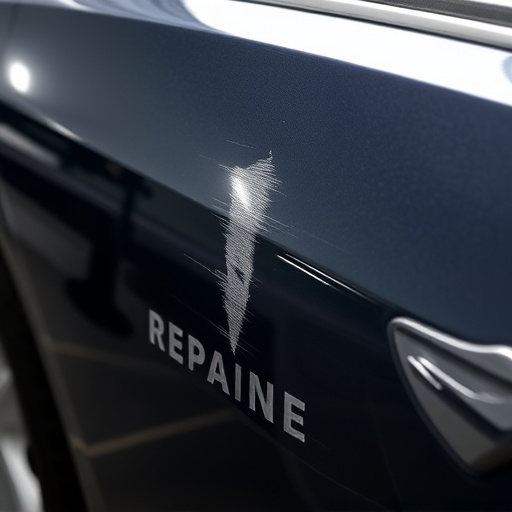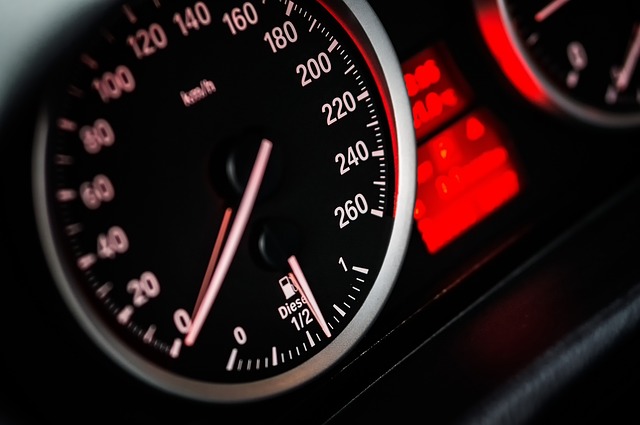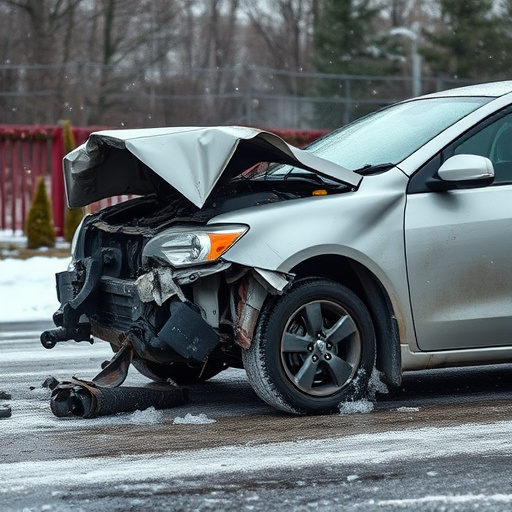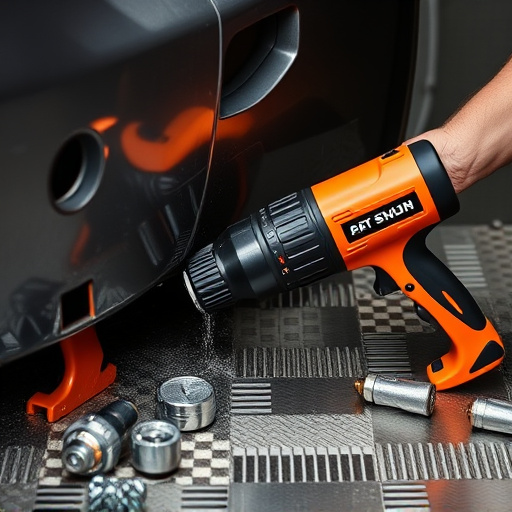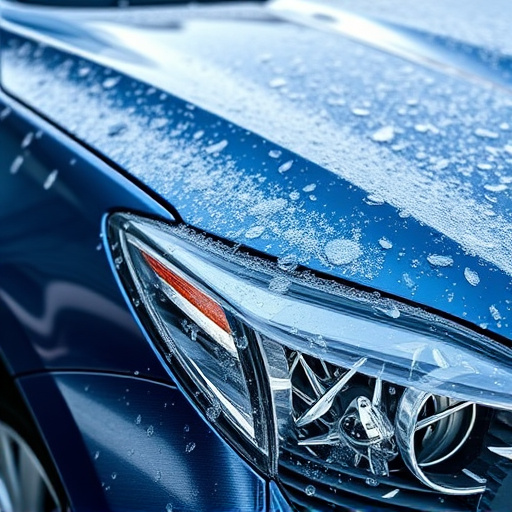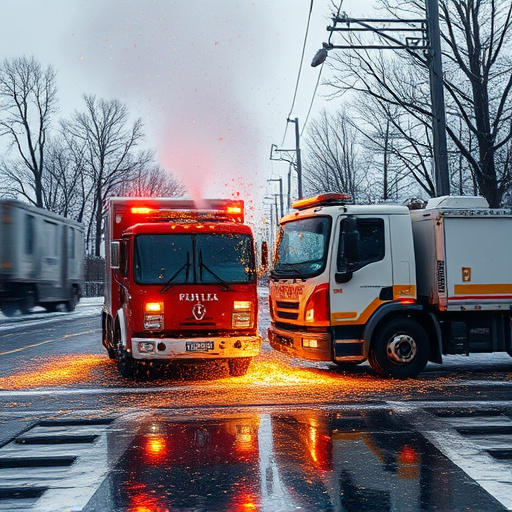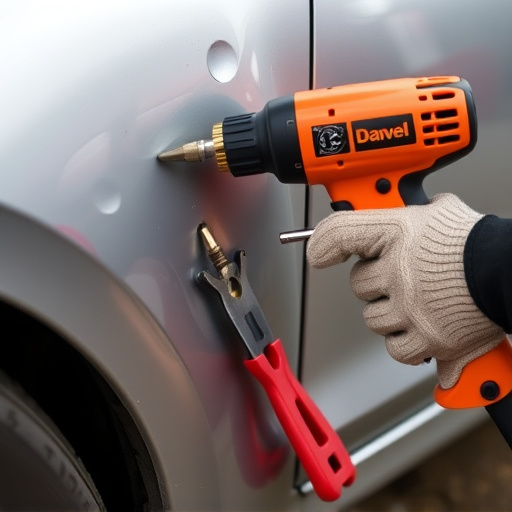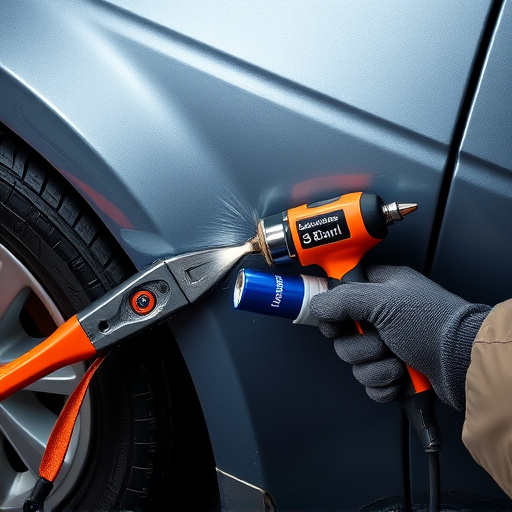Insurance-approved repairs ensure accurate damage assessment and restoration to pre-accident condition. The process begins with a qualified professional's inspection and detailed estimate. Certified car body shops then undertake specialized services using advanced equipment and high-quality materials. Continuous communication and final inspections guarantee compliance with insurance standards and client expectations, crucial for restoring vehicles after incidents like fender benders or collisions.
“Unsure where to begin with insurance-approved repairs? This comprehensive guide is your entry point into navigating the process seamlessly. We demystify the steps involved, offering insights on achieving approvals that restore your reputation. From grasping the fundamentals of the insurance-approved repair process to steering clear of common pitfalls, this article equips beginners with the knowledge needed for successful outcomes. By the end, you’ll be empowered to confidently manage repairs and maintain a positive standing.”
- Understanding Insurance-Approved Repair Process
- Steps to Achieve Reputational Repair Approvals
- Common Mistakes to Avoid in Repair Approvals
Understanding Insurance-Approved Repair Process
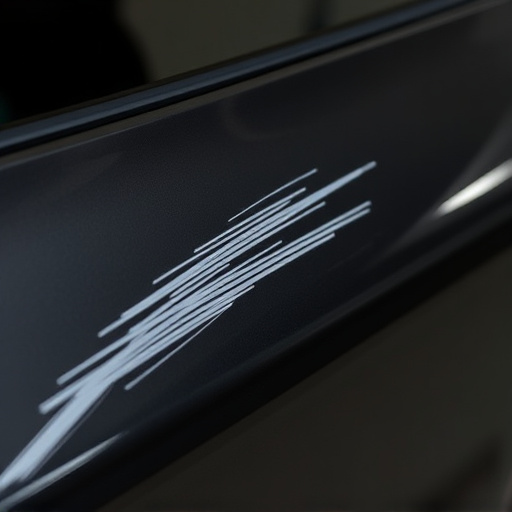
The insurance-approved repair process is a systematic approach designed to ensure that vehicle damage is accurately assessed and restored to pre-accident condition. It involves several key steps, beginning with an initial inspection by a qualified professional. This expert will evaluate the extent of the damage, creating a detailed estimate that aligns with industry standards. Once approved by both the policyholder and the insurance company, work can commence at a certified car body shop.
These shops specialize in various services, including tire services, vehicle paint repair, and structural adjustments. They employ skilled technicians who use advanced equipment and high-quality materials to complete the repairs. Throughout the process, clear communication between all parties remains crucial. Regular updates and final inspections guarantee that the restoration meets insurance standards and the policyholder’s expectations.
Steps to Achieve Reputational Repair Approvals
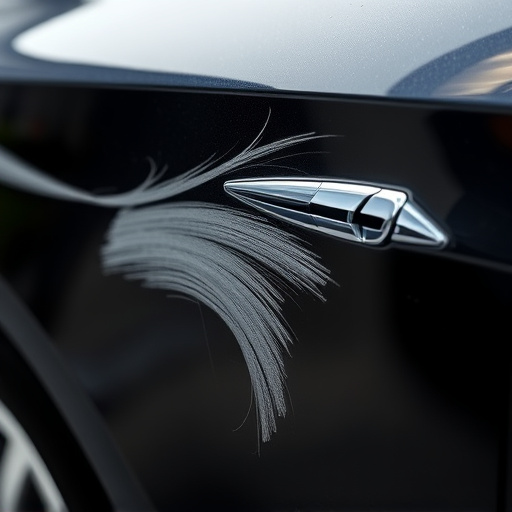
Achieving insurance-approved repairs is a crucial step for anyone looking to restore their vehicle’s condition after an incident like a fender bender or collision damage. The process begins with thorough documentation of the damage, ensuring every car scratch and dent is meticulously recorded. This includes taking clear photos from various angles, which will serve as evidence during the claims process. Next, locate reputable shops specializing in collision damage repair, gathering quotes for the estimated costs.
When submitting repairs for approval, be prepared to provide detailed information on the work required, including parts replacement and labor fees. Explain each step clearly to your insurance provider, emphasizing why the proposed repairs are necessary. Remember, the goal is to demonstrate that the chosen repair facility adheres to industry standards, ensuring top-quality workmanship in car scratch repair and other damage restoration processes.
Common Mistakes to Avoid in Repair Approvals
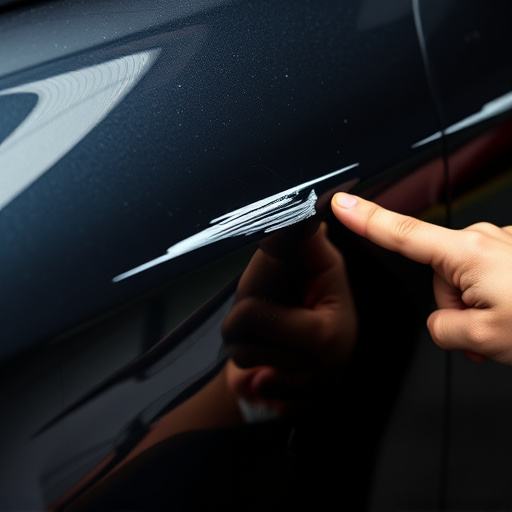
When navigating the process of insurance-approved repairs for car damage or collision repair, beginners often stumble upon common pitfalls that can delay or complicate matters. One of the biggest mistakes is assuming that any auto glass repair shop or general mechanic can handle insurance claims. It’s crucial to understand that not all facilities are equipped or certified to perform insurance-approved work, leading to potential disputes later on. Always verify their capabilities and specific training in handling such repairs.
Another frequent error is failing to communicate effectively with your insurance company. Keeping them informed about the repair process, choosing a reputable shop recommended by your insurer, and ensuring all parts are approved before purchasing can prevent delays. Additionally, do not rush into accepting every quote offered. Compare estimates from different facilities specializing in collision repair or car damage repair to ensure you’re getting fair, insurance-approved pricing for quality work.
Navigating the insurance-approved repair process can seem daunting, but with the right understanding and strategies, achieving successful repairs is achievable. By familiarizing yourself with the process, taking proactive steps, and avoiding common pitfalls, you can enhance your chances of obtaining approvals efficiently. Remember, addressing repairs promptly and correctly is crucial for maintaining a positive reputation, ensuring customer satisfaction, and fostering long-term business success.
